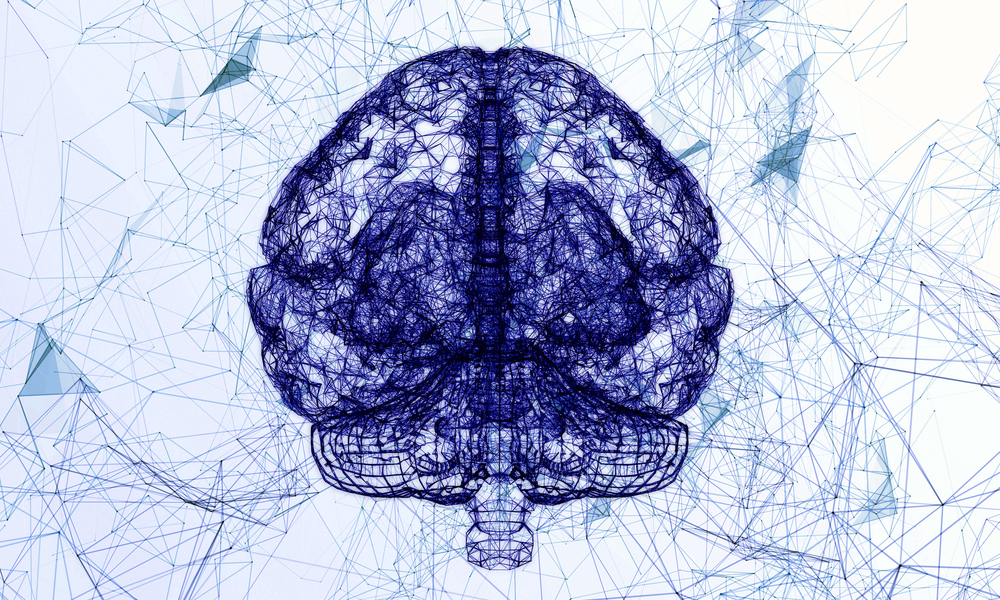For First Time, Precursors of Dopamine Neurons Implanted in Brain of Parkinson’s Patient

Precursors of dopamine-producing cells were implanted into the brain of a Parkinson’s patient for the first time. The patient in Japan is the first of seven to receive this experimental therapy.
The approach uses induced pluripotent stem cells (iPSCs), which are developed by reprogramming cells collected from the skin or blood of adults so that they revert to a stem cell-like state and are able to differentiate into almost any cell type.
Scientists at Kyoto University can transform iPSCs into precursors of dopamine-producing neurons. In Parkinson’s, progressive loss of these neurons in a brain area called substantia nigra, and reduced dopamine release in a connected region called striatum, lead to the characteristic motor symptoms.
Last month, neurosurgeon Takayuki Kikuchi implanted 2.4 million dopamine precursor cells into the brain of a Parkinson’s patient in his 50s. The team implanted the cells into 12 centers of dopamine activity over three hours. Stem cell researcher Jun Takahashi and colleagues derived the dopamine precursor cells from iPSCs originally developed from skin cells of an anonymous donor.
Interested in Parkinson’s Disease research? Sign up for our forums and join the conversation!
“The patient is doing well and there have been no major adverse reactions so far,” Takahashi said in a Nature press release, written by David Cyranoski. The man will be observed over six months. If he does not develop complications, an additional 2.4 million dopamine precursor cells will be implanted into his brain.
Six more Parkinson’s patients are expected to receive this stem cell therapy, which will allow researchers to collect safety and efficacy data by the end of 2020. According to Takahashi, the treatment could reach the market as early as 2023 under Japan’s fast-track approval system for regenerative medicines. “Of course it depends on how good the results are,” he said.
In 2017, Takahashi and his team showed that dopamine-producing neurons transplanted into the brains of monkeys enabled them to move spontaneously over two years. Also, the transplanted cells did not lead to abnormal and jerky movements (dyskinesia), did not develop into tumors — a key concern with iPSCs-based treatments — and did not trigger an immune response not treatable with an immunosuppressive therapy.
In 2014, a Japanese woman in her 70s became the first patient to receive retinal cells derived from iPSCs to treat an eye condition called age-related macular degeneration.






